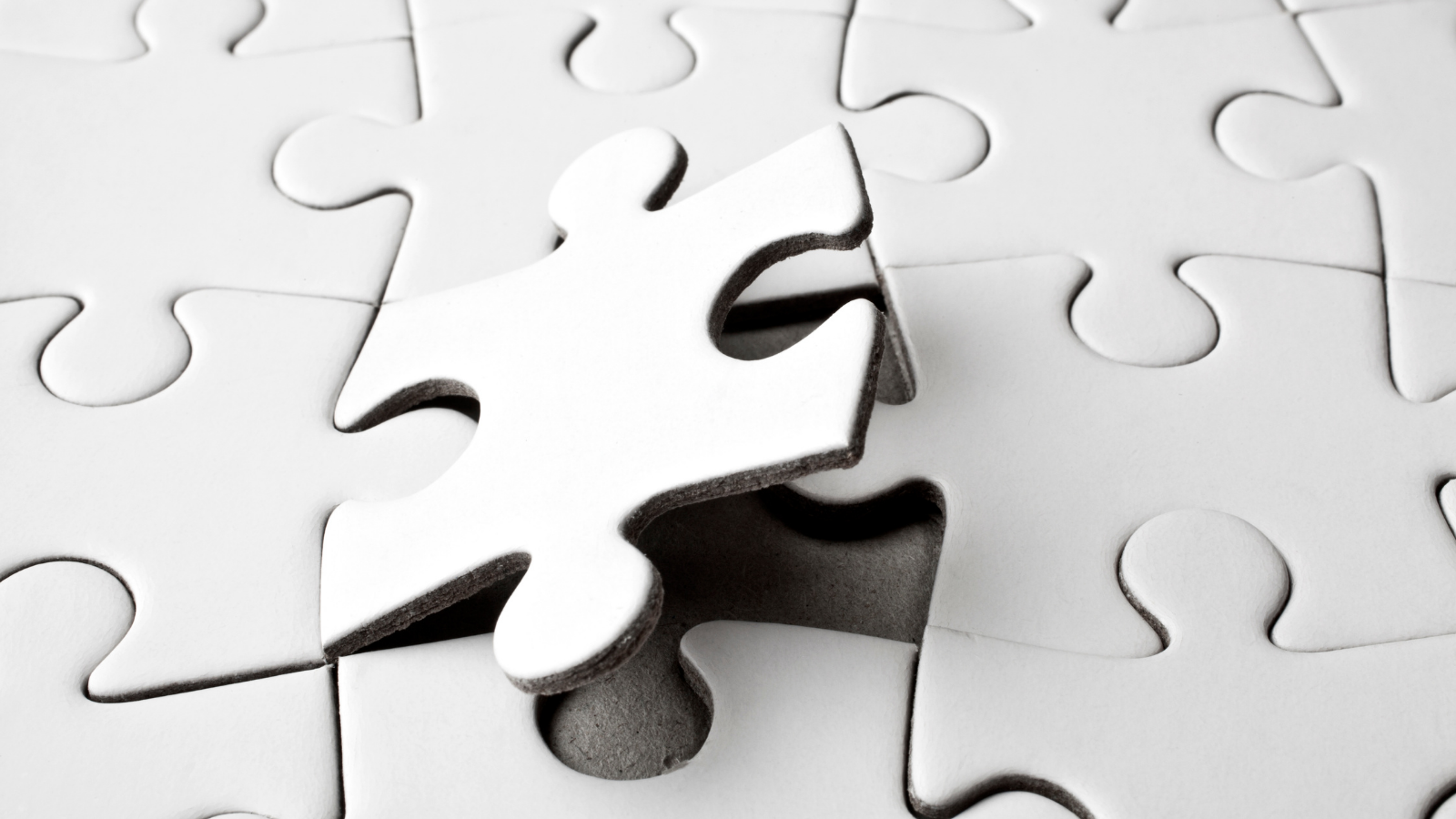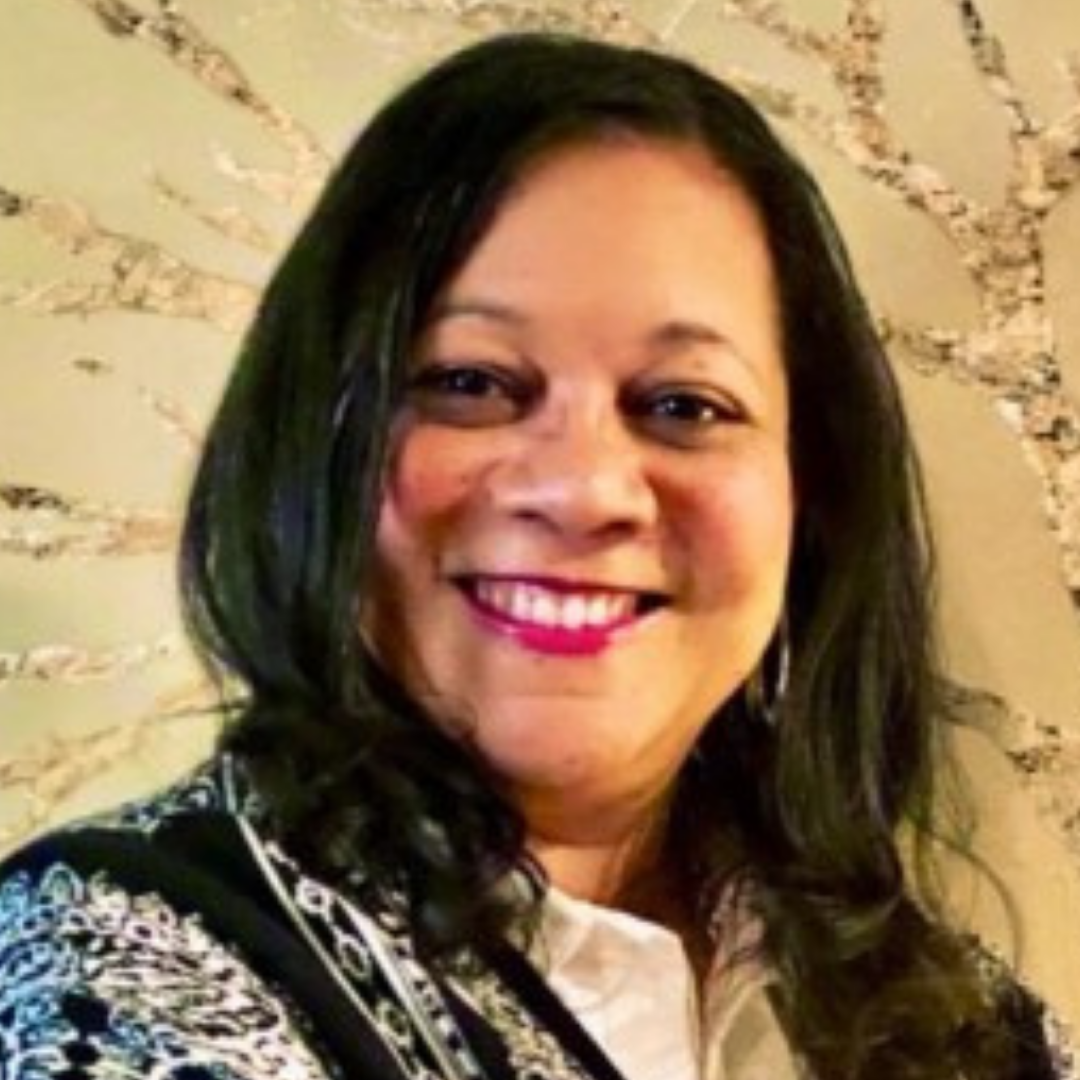The Continuum of Allyship: A Conversation with Tina Gilbert (Part 1)

By: Melinda Halpert
Tina Gilbert brings extensive experience in diversity, equity, and inclusion to her role as Managing Director of MLT’s Advisory Services practice. She leads a team of strategists and consultants who are helping transform organizations across the country and the globe.
As Managing Director of MLT’s Advisory Services practice, you work with companies that want to create more inconclusive, equitable workplaces. Does the concept of “allyship” come up at all? Do the leaders you advise ask about what they can do to become better allies to their colleagues of color?
 When we’re talking to senior leaders, they aren’t talking explicitly about allyship, but rather, the behaviors they want to see in their organization—and the good news is those behaviors are what effective allies do. They are not talking so much about how to create allies in their organizations, but about how to create impact through changes in behaviors.
When we’re talking to senior leaders, they aren’t talking explicitly about allyship, but rather, the behaviors they want to see in their organization—and the good news is those behaviors are what effective allies do. They are not talking so much about how to create allies in their organizations, but about how to create impact through changes in behaviors.
Where are the pressure points? Where can they build conversations? How can they achieve real outcomes? All of these questions are very important. So although senior leaders are not using allyship as a specific outcome, they are serving as role models, engaging in the behaviors and attitudes that are part of allyship.
As an example, one company we are working with changed the name of their DEI Council to the Ally Council. This signals the importance of this concept at the most senior levels of an organization.
MLT recently launched Voices from the Workplace, a blog series grounded in a research study of MLT alumni and their experiences with racism at work.
Many troubling findings emerge from their stories, including how little support many have gotten from their managers or mentors. Some spoke of how a mentor who initially supported them ultimately undermined them. Others spoke of being asked for their feedback about their experiences as diverse individuals, only to be penalized later for their candor. How could allies step up to help here?
There is definitely a continuum of allyship. At one end, there is being supportive to a marginalized individual, by listening and serving as a sounding board. At the other end, there is being a vocal advocate for that person or group, when no one else is around.
Regardless of what action or support an ally provides, at the core, an ally needs to be truthful and authentic in how they engage, in order to have meaning behind their actions. I can’t say enough about how important it is to speak up and be authentic in these situations.
How can organizations encourage more people to step up as allies?
The simple answer is to provide encouragement to “step up” and guidance to help people know “how to step up” as part of organizational onboarding and training. Organizations can take some of the public examples and revise them to fit their culture, their organization’s environment.
We have seen examples of allyship in a number of different arenas. We first saw suggested guidelines on ways allies can try to stop blatant acts of bigotry and potential physical harm in public settings. One example involved helping a Muslim woman being verbally harassed on the subway for wearing a headscarf. White women allies were advised to stand between the Muslim woman and the person verbally assaulting her, and engage her in friendly conversation. Ideally, this would dissuade the verbal abuser from continuing and de-escalate the tension. Similar strategies and scripts were provided when hate crimes against Asian American community rose during the beginning month of the pandemic.
A second set of strategies and scripts involved coping in personal settings, e.g., getting through Thanksgiving dinner with racist relatives. Strategies involved speaking directly, engaging in discussion of why something is offensive, and setting limits and consequences should the bad behavior continue. They also included guidance for allies on when to take breaks and when to walk away.
The corporate setting is the next frontier where we will see more guidance, protocols, and scripts around allyship. We can do more through training and sharing lived experiences… but also by setting expectations. Ally involvement could be factored into candidate evaluations, performance reviews, succession plans. Inclusive leadership should be embedded in organizational leadership models. Vision and value statements need to communicate authentic commitment and collaboration to make change.
So how can white colleagues leverage their privilege? Do you have examples?
Move away from retrofitting solutions into the current systems and move toward redesigning solutions with the principles of diversity, equity, inclusion, and belonging at the center. If the solution can benefit those who are marginalized, you can be sure the positive impact will reach all areas of the organization.
___
Join us again on Thursday, November 4th for part two of this conversation, which will include actionable insights on allyship from Tina Gilbert.
Melinda Halpert is a writer in Washington, D.C. She served as Senior Marketing Advisor to MLT from 2015-2020.


